The biggest hush-hush in Washington these days revolves around West Virginia Senator Joe Manchin's "permitting deal" with members of Congress. Reports indicate that in exchange for voting for the recent "Inflation Reduction Act", Joe was promised quick passage of new legislation that changes permitting authority for new electric transmission projects. News articles say that Senate leader Chuck Schumer has promised to attach Joe's proposed legislation to a "must pass" government funding bill that avoids a government shut down at the end of this month. Time is growing short and perhaps they think they will have a short and quiet glide to the finish line. Don't go quietly, folks. This legislation is THE WORST THING TO COME OUT OF WASHINGTON IN YEARS. You might as well go kicking and screaming all the way. Let's defeat this horrible plan!
Here's a one page summary of the legislation that was leaked to the press. See the second to last section on this document:
Enhance federal government permitting authority for interstate electric transmission facilities that have been determined by the Secretary of Energy to be in the national interest.
Replace DOE’s national interest electric transmission corridor process with a national interest determination by the Secretary of Energy that allows FERC to issue a construction permit.
Require FERC to ensure costs for transmission projects are allocated to customers that benefit.
Allow FERC to approve payments from utilities to jurisdictions impacted by a transmission project.
Here's a summary:
This legislation will usurp the authority of your state public utility commission to approve siting and permitting of electric transmission. Instead of your state regulators determining whether the project is needed, economic for you, and properly sited to avoid impacts, the U.S. Department of Energy in Washington will be making a decision whether the project is "in the national interest." What does this mean? Considering how political the DOE is, it means that a political deal is made that is completely divorced from need and economics. It would be about whether the developer who wants to fill his pockets building it has the right lobbyists to get a DOE designation. Once the designation is bought from DOE, the legislation passes the buck to the Federal Energy Regulatory Commission in Washington to site and permit the project. What do some appointed bureaucrats in Washington know about how the project might affect you and your community? They absolutely don't care. They may simply stamp it "approved." Once that happens, federal eminent domain authority will be used to take your property for the transmission project. That's right, folks, FEDERAL EMINENT DOMAIN to condemn and take your private property.
And then the legislation dips into FERC's authority to allocate the costs of regionally approved transmission projects to captive electric customers (this means you). Currently, only those projects planned and approved by federally regulated electric grid managers, such as MISO or PJM, may be allocated to captive customers who must pay for the project. However, this legislative mandate requires ALL transmission designated by DOE as in the "national interest" to be cost allocated. This would include the many merchant transmission projects that are currently being developed outside regional grid plans. Merchant transmission, by definition, does not have captive customers that are required to pay for their projects. Merchants must negotiate contracts with voluntary users to pay for their projects. They cannot simply charge everyone for a project that has not been found needed by independent regional grid planners. A merchant project gambles that voluntary customers will find it useful and pay for it. If that does not happen, then the project will not be built. We should not be forced to pay for politically-connected merchant transmission projects that are not needed for reliability, economic or public policy purposes. We should not be forced to pay for speculative developer boondoggles in the name of greed.
And here's another foray into FERC's authority to ensure that transmission rates are just and reasonable. This legislation requires captive consumers to pay for a utility's BRIBES, that's right BRIBES, to local communities in exchange for accepting transmission impacts. Long-standing FERC regulations prohibit a utility from recovering its costs to influence transmission approvals. This includes making bribes to local governments in exchange for their support of the project. If this legislation passes, we will be paying to bribe ourselves to accept disbenefits and impacts. How does that make transmission better? It doesn't. It just makes it hurt even more.
So, what can we do about this?
Let Joe Manchin know that you do not approve of his "permitting deal" on electric transmission! Tell him you do not approve of federal eminent domain, federal permitting authority, being forced to pay for speculative projects, and paying bribes to your own community in exchange for allowing your private property to be condemned. Tell him that new transmission technology allows projects to be buried on existing rail and road rights of way. Buried transmission on existing rights of way doesn't take any new land and is not opposed by communities. It doesn't require BRIBES and it doesn't cause project siting delays.
You can email Joe here. Or you can call his office at 202-224-3954 and tell him you oppose his permitting deal on electric transmission.
And while you're at it, you can also contact your own Congressional representatives and let them know you oppose Joe's "permitting deal" on electric transmission.
Time is short. Please take a few minutes to register your resistance to this horrible plan now.
Don't let all your hard work opposing the transmission project that has affected you go to waste. Don't let your victory turn into defeat at the hands of Washington politicians. Stop this horrible deal now!
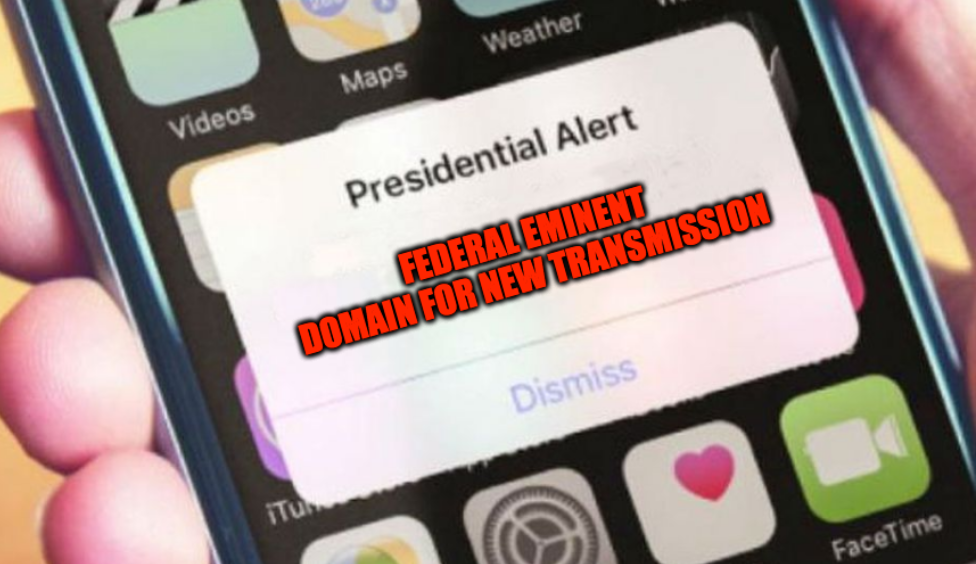
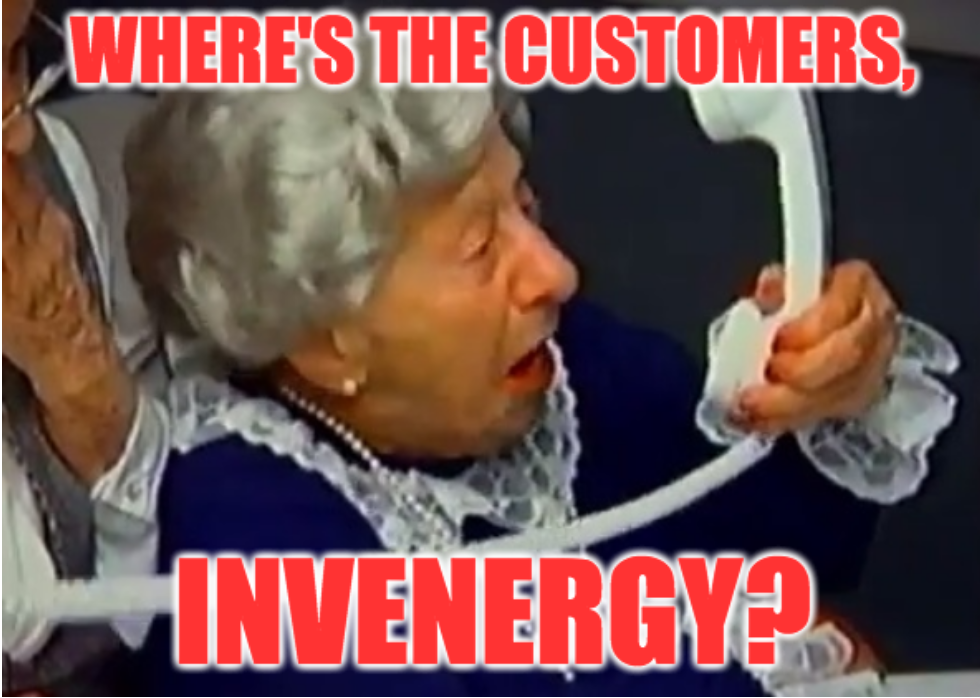
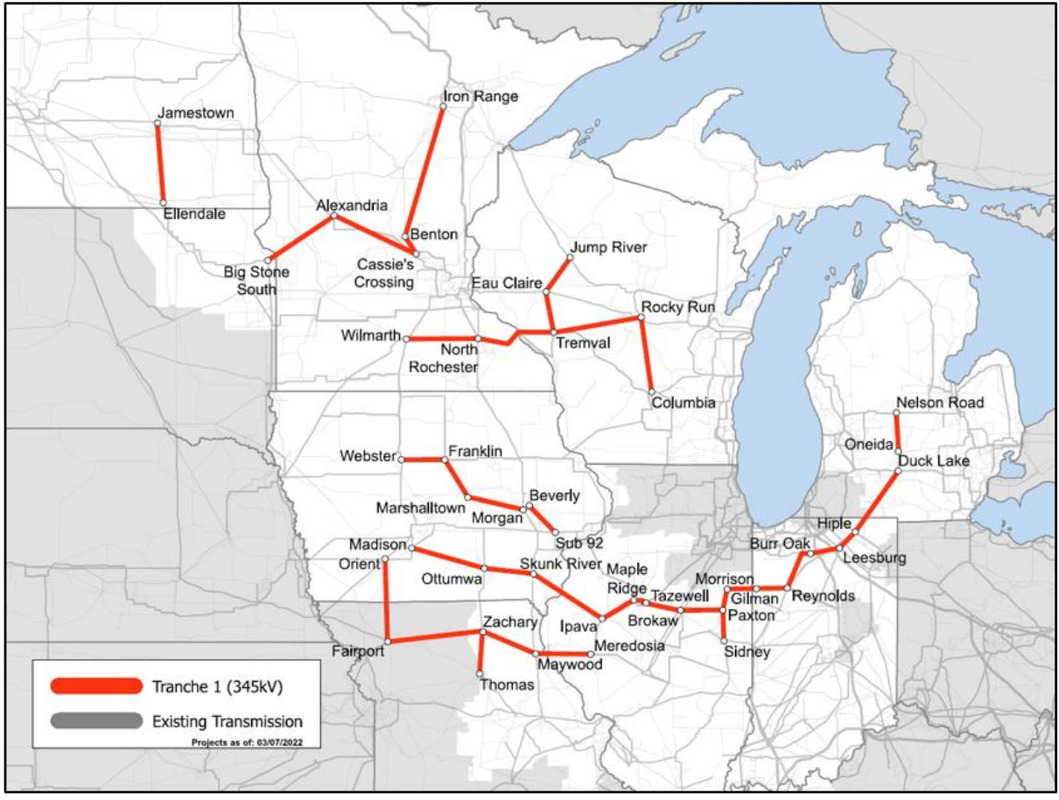

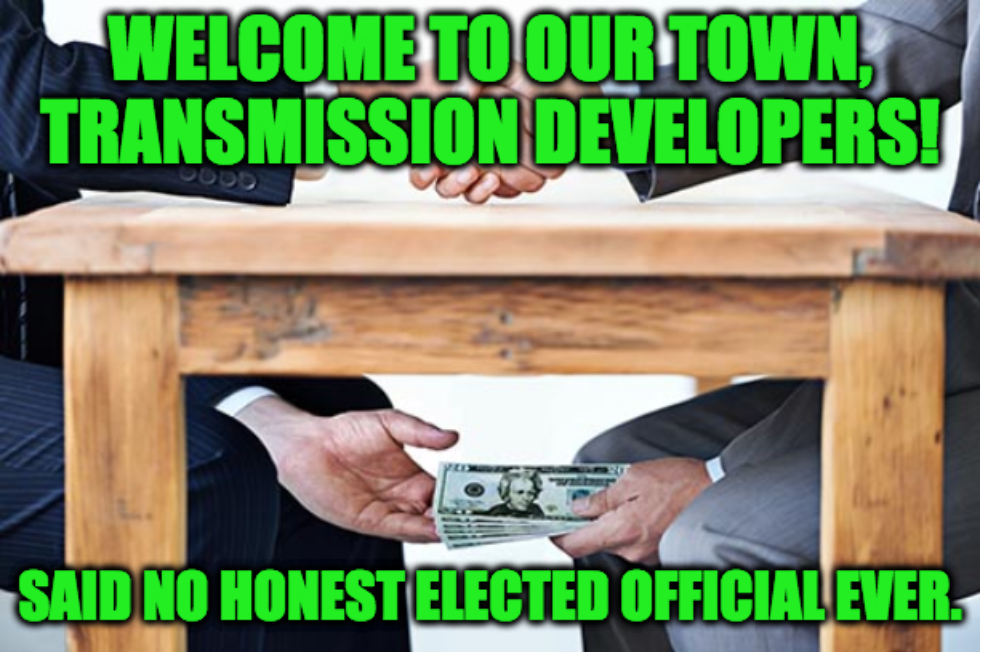

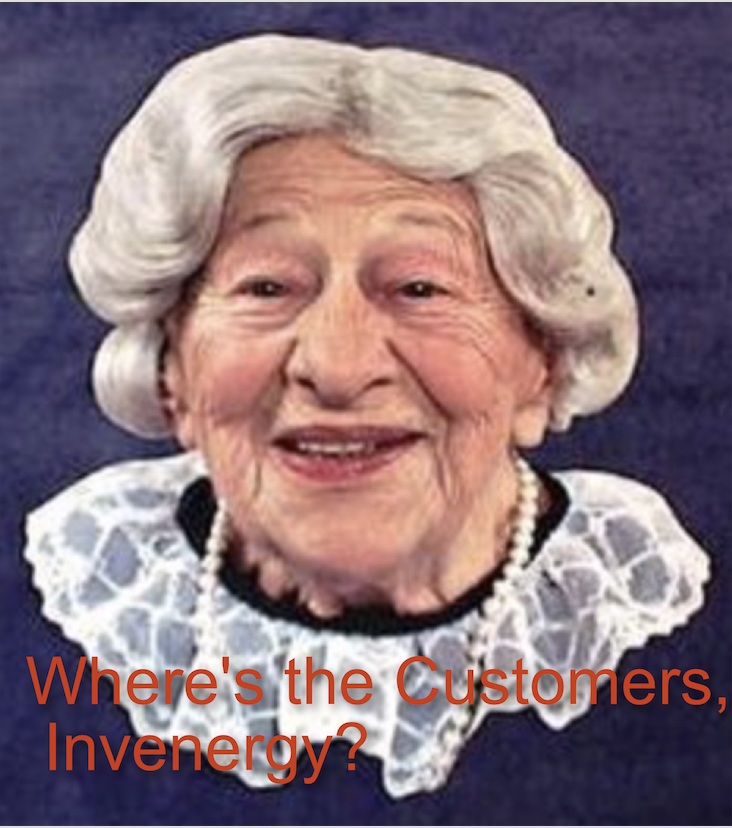
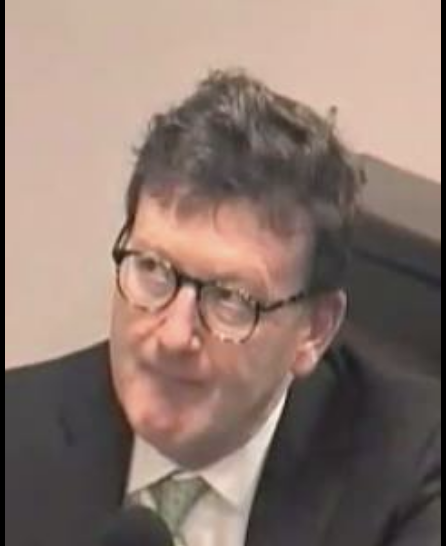
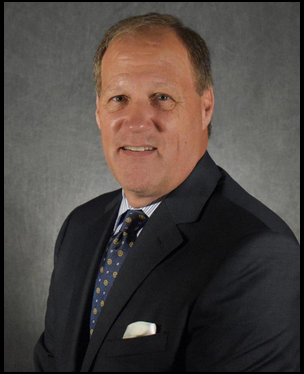
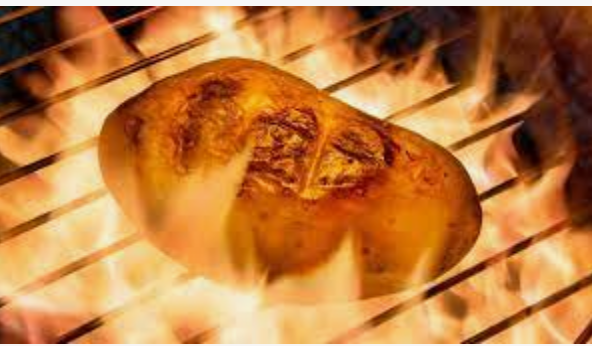

 RSS Feed
RSS Feed